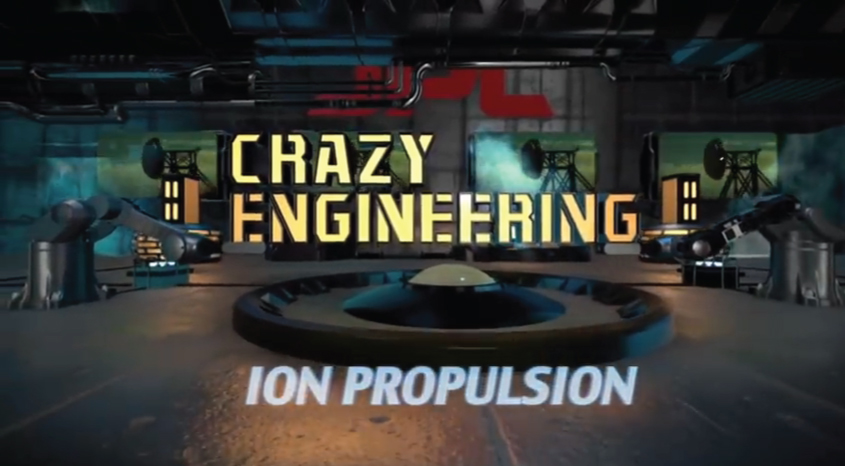Q: Which of the following futuristic technologies is actually in use by NASA?
A. Warp Drive
B. Flux Capacitor
C. Folding Space
D. Ion Thrusters
If you said “folding space” the nerd-o-meter just registered off the scale! If you chose “ion thrusters,” however, you are CORRECT!
Space travel requires that the vehicle, or space ship, carry everything on board. That means it must include all the oxygen, food, water, and other essentials required for people to travel. And, even if it’s an unmanned spacecraft, all of the energy sources the spacecraft needs must be contained within the spacecraft itself. You won’t find a gas station between Earth and Mars!
Leaving the gravitational pull of Earth requires a tremendous amount of energy. When the Orion spacecraft was tested on December 5, it was launched on top of a Delta IV Heavy rocket –that’s most of what you see in the photographs of the liftoff published by NASA. A very small part of that entire vehicle was the actual Orion spacecraft. The rest of the vehicle contained high energy fuel tanks and rocket engines that provided the enormous amount of thrust, or sudden push away from the Earth’s surface, needed to lift Orion into space. You can read more about Orion from NASA: http://www.nasa.gov/exploration/systems/orion/#.VK2mn8li8g4
In fact, all space vehicles, whether they are manned capsules delivering scientists to the International Space Station, or unmanned craft headed to other planets or beyond, use a lot of energy for the exit from Earth’s atmosphere. The rockets and their fuel tanks are emptied and often discarded. Once in orbit, small amounts of electrical energy are needed to run the spacecraft’s instruments. Some use high-efficiency solar panels, and some, like Voyager 1 and Curiosity, have miniature onboard nuclear power plants for energy because they are too far from the sun for photovoltaics to be useful.
Beyond Earth’s surface, gravity and friction from the atmosphere are no longer an impediment to moving through space, and much smaller amounts of energy are needed. This is where ion thrusters are useful. Individual xenon atoms are given an electric charge, and accelerated out of the thruster. One xenon ion imposes a very, very small amount of force, but many xenon atoms can have a combined action force which has a reaction of accelerating the space craft – just like Newton’s Third Law of Motion. The change in direction or speed of the spacecraft will occur slowly, but ion propulsion is very efficient at maneuvering the spacecraft to where scientists want it to be. Thus, small amounts of xenon fuel can be carried on board to give the spacecraft its necessary energy. Xenon, a noble gas, is a good fuel for use in space travel, as it is light and less likely to react than other ions.
You can learn more about ion propulsion in this neat video from NASA’s Jet Propulsion Laboratory, an excerpt from its Crazy Engineering series: https://www.youtube.com/watch?v=5OFgJwdZxRc&list=UUryGec9PdUCLjpJW2mgCuLw

